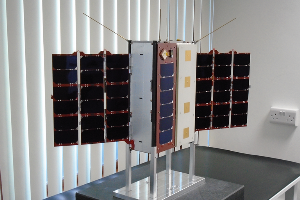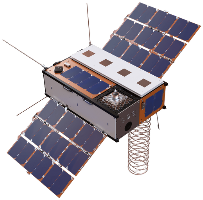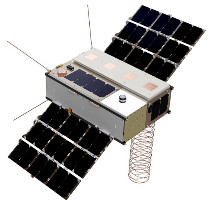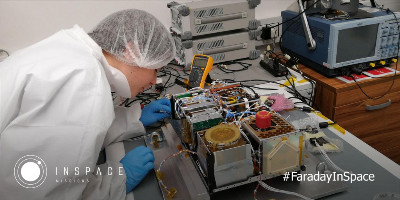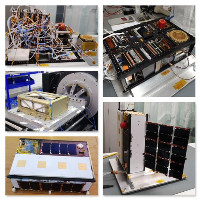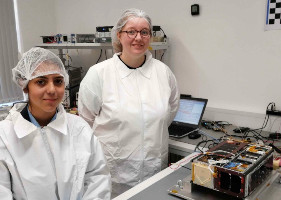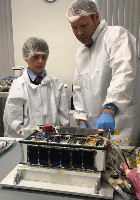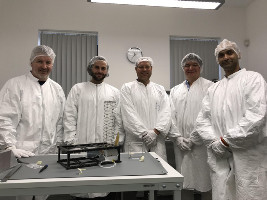| Name | Faraday-1 |
|---|---|
| Type | CubeSat |
| Units or mass | 6U |
| Entity name | In-Space Missions |
| Institution | Company |
| Entity | Commercial |
| Nation (HQ) | UK |
| Nation (AIT) | ? |
| Oneliner |
Hosted payload opportunities for early service and technology demonstration. |
| Sources | [1] [2] [3] [4] |
| Photo sources | [1] [2] [3] [4] [5] |
Related Spacecraft
| Satellite | Status | Launcher | Date | Orbit |
|---|---|---|---|---|
| Faraday-1 | Launch failure | Electron | 2020-07-04 | Launch failure |
| Faraday-1b (Faraday Phoenix) | Operational? (Initial contact made according to official Twitter post, but object was identified months later) | Falcon 9, (Transporter-2), (Spaceflight Sherpa), (Sherpa-LTE1) | 2021-06-30 | 525 km, 97.5 deg |
| Faraday-1c | cancelled? (Seems to have switched to microsatellite platforms for hosted payloads) | cancelled | x_cancelled | cancelled |
| Faraday-1d | cancelled? as focus is on microsatellites?) | cancelled | x_cancelled | cancelled |
Last modified: 2024-12-15
